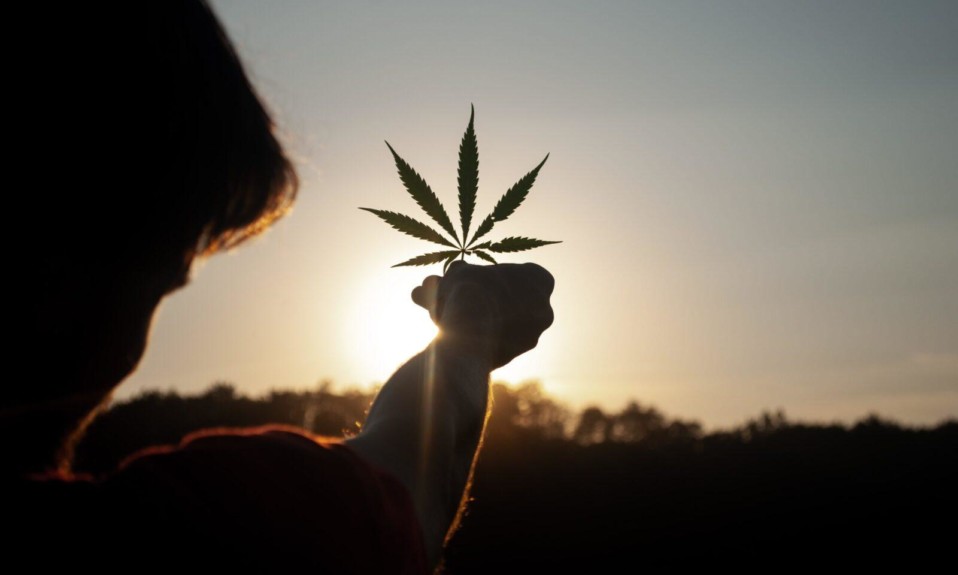A weekly roundup on the latest research and news in addiction, treatment, medicine and science
By William Wagner
December 1, 2020If you think marijuana is a “harmless” drug, you should read a new study out of the University of Bath in the United Kingdom. The authors report that marijuana has become much more potent over the past several decades—and poses major health implications.
In this week’s “From the Journals,” we also turn our attention to polysubstance overdose deaths among adolescents and young adults, the growing stimulant epidemic, and attempts in Greater Cincinnati to bridge the racial divide in treatment.
From Addiction:
A Surge in Cannabis Strength
Researchers from the University of Bath undertook the most ambitious study of its kind, analyzing about 80,000 cannabis samples from a 40-odd-year period, and reached this conclusion: Let the user beware. According to their newly published calculations, the concentrations of THC (the compound that gets you “stoned”) in herbal cannabis and cannabis resin rose by 14% and 24%, respectively, from 1970 (1975 for cannabis resin) to 2017. The samples were collected in Denmark, France, Italy, the Netherlands, New Zealand, the United Kingdom and the United States. Evidence indicates that these elevated THC levels have led to greater rates of marijuana addiction and associated mood disorders.
The concentrations of THC in herbal cannabis and cannabis resin rose by 14% and 24%, respectively, from 1970 (1975 for cannabis resin) to 2017. …These elevated THC levels have led to greater rates of marijuana addiction and associated mood disorders.”
From JAMA Pediatrics:
The Polysubstance Dimension to OD Deaths
When an American adolescent or young adult dies from an opioid overdose, the chances are pretty good that there are actually multiple substances in play. So says a new study by the Boston Medical Center’s Grayken Center for Addiction Medicine. Researchers dissected data from 1999 to 2018 related to deaths of people ranging in age from 13 to 25. For 2018, for example, they found that 2,746 of 4,623 (59%) opioid-related deaths also involved other illicit drugs. Cocaine was a common add-on substance. The authors believe this study is important because not much “is known about polysubstance involvement in opioid overdose deaths among youth.”
From the National Institute on Drug Abuse (NIDA):
A Simmering Stimulant Epidemic
Related to the study published in JAMA Pediatrics, Nora D. Volkow, MD, director of NIDA, writes about the fast-growing stimulant epidemic in her “Nora’s Blog.” She says our efforts should no longer simply be centered on the opioid crisis. Stimulants also have entered the picture in a big way, sometimes in combination with opioids. The public health community, Volkow writes, is scrambling to meet the spread of stimulant use head on: “Currently, there are no approved medications for the treatment of stimulant use disorders, but hopefully that will change in the not-too-distant future. Multiple NIDA-funded research teams have been hard at work, in some cases for many years already, testing new medication targets as well as immunotherapies for methamphetamine addiction, such as vaccines.”
From the Cincinnati Enquirer:
Bridging the Racial Divide in Treatment
Numerous studies over the years have demonstrated that Blacks and Latinos are less likely to be treated for addiction than whites. The reasons are many, ranging from fear of imprisonment to a systematic bias against these minority groups. In at least one hard-hit corner of the United States—Greater Cincinnati—programs are being put in place to reverse this trend. Writes Terry DeMio in the Cincinnati Enquirer, “The new thinking about addiction—as a chronic health disorder instead of a moral failing—has changed much about how it’s approached, for everyone involved. Now, even law enforcement regularly responds to the crisis with, ‘We can’t arrest our way out of this.’”
Photo: David Gabric














